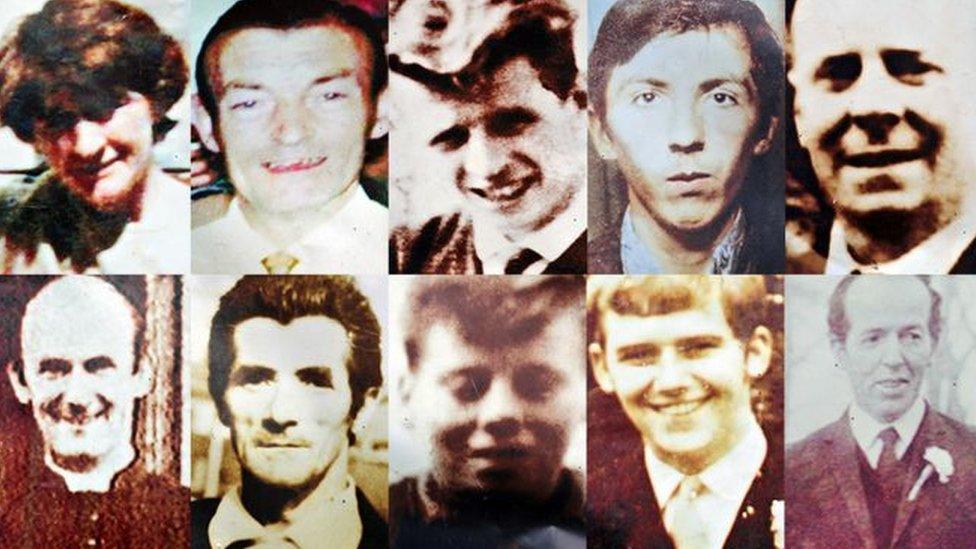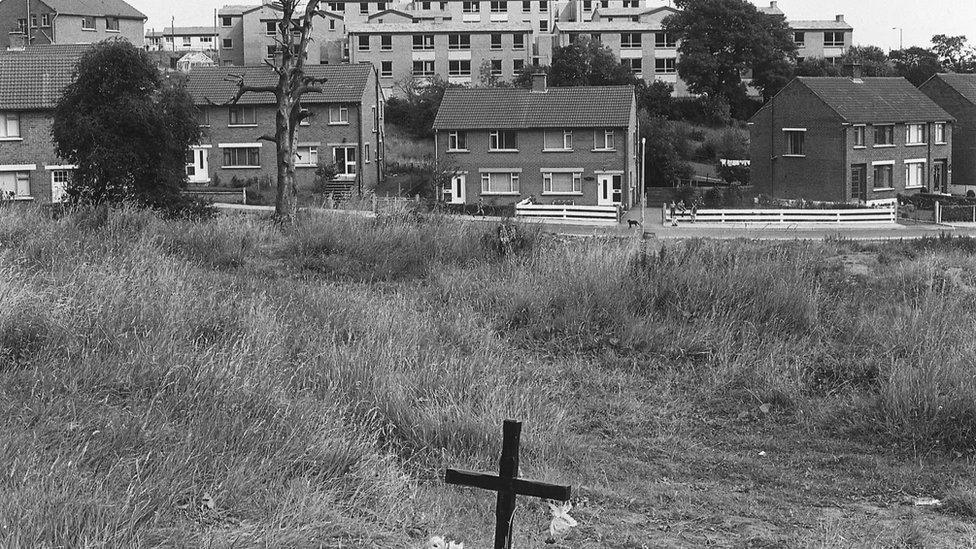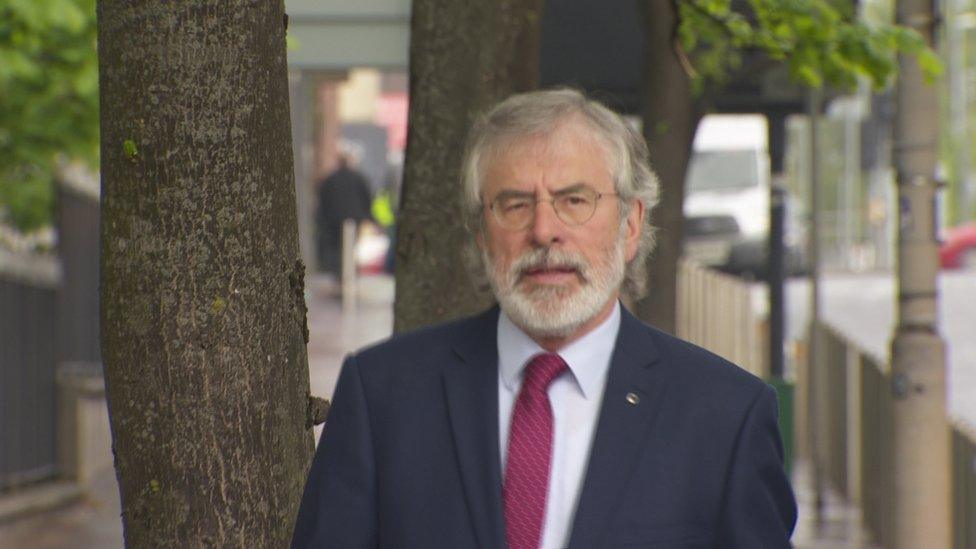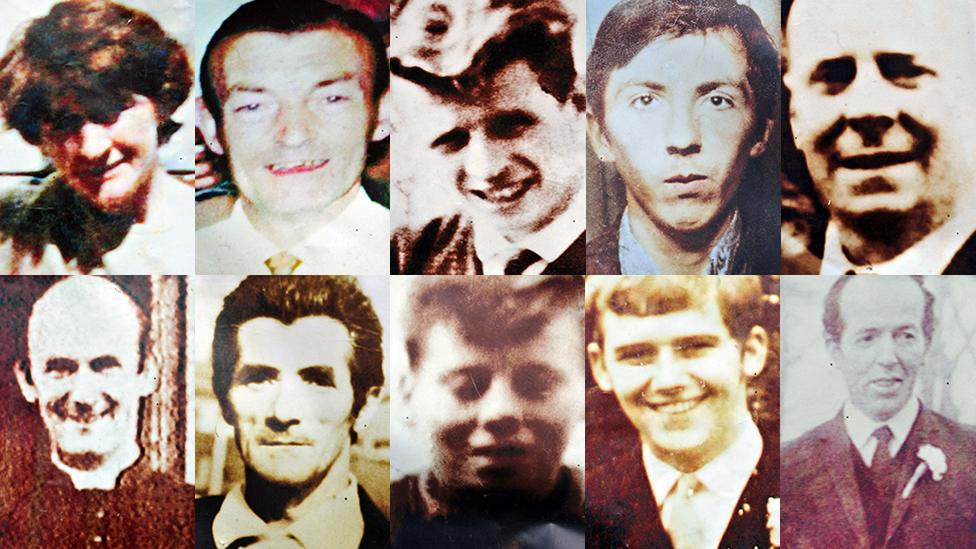Ballymurphy inquest: Further ballistics evidence heard
- Published

An inquest is examining the deaths of 10 people killed in shootings at Ballymurphy in August 1971
The issue of which armed groups in Northern Ireland had access to military self-loading rifles (SLRs) has been raised again at the Ballymurphy Inquest.
The inquest is looking into the fatal shooting of 10 people over three days in west Belfast in August 1971.
On Thursday, the inquest heard further ballistics and pathology evidence.
This indicated that SLR bullets were recovered, in some cases, following the shootings.
It was agreed that in some cases that this type of bullet could be shown to have caused some of the injuries sustained.
The bullets were identical to those used and fired by British army personnel.

The 1971 shootings took place during the introduction of internment without trial
However, joint reports from ballistics experts had indicated that both loyalist and republican paramilitaries would have also had access to such weapons at the time.
This evidence had come via staff at Forensic Science Northern Ireland (FSNI) who had sourced it from intelligence held by police and the Centre for Information on Firearms and Explosives (CIFEx).
Barristers for the next of kin have questioned such intelligence and why FSNI staff sought it, and relied on it.
The court has heard that an SLR bullet was recovered from the body of 19-year-old Frank Quinn, and that several experts believe it may have first passed through the body of Father Mullan, who was beside him.
Both men died on waste ground near Springfield Park on 9 August 1971.
- Published15 May 2019

- Published8 May 2019

- Published7 May 2019

- Published11 May 2021
